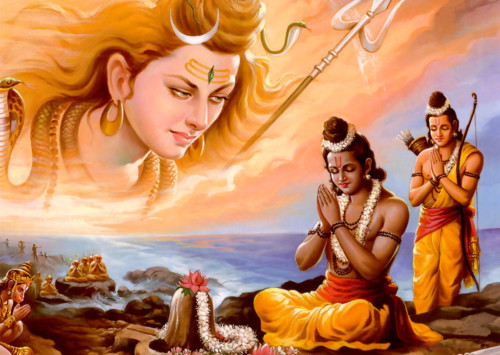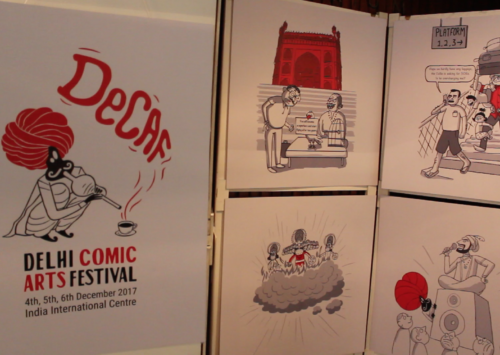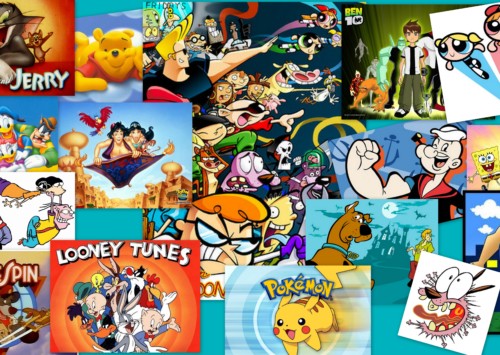Revolutionary caricatures
In the world of editorials, caricatures are a medium to tell hard-hitting news softly
The Wire, an online news portal, recently featured a cartoon, captioned roti to a riot that depicted the recent riots in Delhi and the condition of the poor. The cartoon featured where a starving farmer had written roti (bread) on a board and a fat politician read it as riot. This was but one of several cartoons and caricatures that depict the social and political reality of India. Similarly, the cartoons about Shaheen Bagh protest in New Delhi, where a large group of women have held peaceful protest continuously for three months against the recent law on citizenship that discriminates on the basis of religion.
Though comics and caricatures have long been considered a medium of entertainment, they have also served a powerful medium for campaigning and spreading awareness about various social issues that are prevalent in India.
In a true sense cartoon is a social-mirror reflecting the drawbacks of the society in a humorous and acceptable manner without hurting the emotions of any person. Famous Indian cartoonists like R K Laxman, K Shankar Pillai, Mario Miranda, Paresh Nath, Harish Chandra Shukla and many others have conveyed precious social messages through their cartoons, which have ultimately become instrumental in many instances to bring forth a radical social change.
The concept of cartoon originated in the Middle Ages and first described a preparatory drawing for a piece of art, such as a painting, fresco, tapestry, or stain glass window. In the 19th century, it came to refer to humorous illustrations in magazines and newspapers. Since then, such form of art has been an important tool to either spread an important message to the general masses subtly or act as a mirror to the society.
Political cartoons adorn a small part of newspapers, often in a corner. Although they occupy little space in the newspaper, their impact is huge. A cartoon conveys a lot of information in very few words or images. The emotions behind the political cartoons are genuine and although harsh, are conveyed in a humorous manner. While in comparison editorials are, firstly for the elite masses who understand the highly intellectual content, also editorials have a tendency to be politically correct, unlike cartoons. Cartoonists have generally been blatant about their stand on the issue. It is a popular belief that editorials are inherently biased and take on a perspective of the management and working of a newspaper organisation, while a cartoon is unbiased. Editorial pages are considered as an opinion of the intellectuals and elite. It is rarely said so about cartoons. Be it R K Lakshman’s iconic common man or milk producer Amul’s hilarious and timely doodles, these cartoons provide comic relief like any other comic strip, except they raise an issue that is relevant, cartoons run a commentary on the lives of the millions of readers. In the recent times, whether it the Delhi riots or Hyderabad rape case the cartoons have provided an alley where artists have used their freedom of expression to educated the general masses about what is happening around the world. Cartoonists at times also come under the radar for their freedom of expression, like the 2015 Charlie Hebdo case where masked gunmen killed 12 journalists working in a weekly newspaper in Paris because of a cartoon that had mocked Prophet Mohammed a few weeks earlier.
Political or social cartoons are not used just for humour but also to create awareness. Comic strips are not country-specific, however, a political cartoon is placed with regards to the geographical location. The issues in India such as corruption, politics, entertainment, population and the likes of the same that are extensively covered in these political cartoons. The people have come to realise the power of comics as a tool for creating awareness. This is the reason why social media, especially Twitter and Instagram is filled with the political cartoon that shares the state of the country in an image.
Though in the recent times the country has seen a lot of censorship when political cartoons are concerned, for example in 2018, cartoonist Satish Acharya whose work was censored by the English daily Mail Today for his representation of India-Maldives crisis and China’s role in South Asia geopolitics thus the cartoonist had to resign over editorial censorship. In the recent times, independent cartoonists who use social media as a platform to publish their art come under a lot of heat which might rise up to the level of death threats for them using freedom of expression













